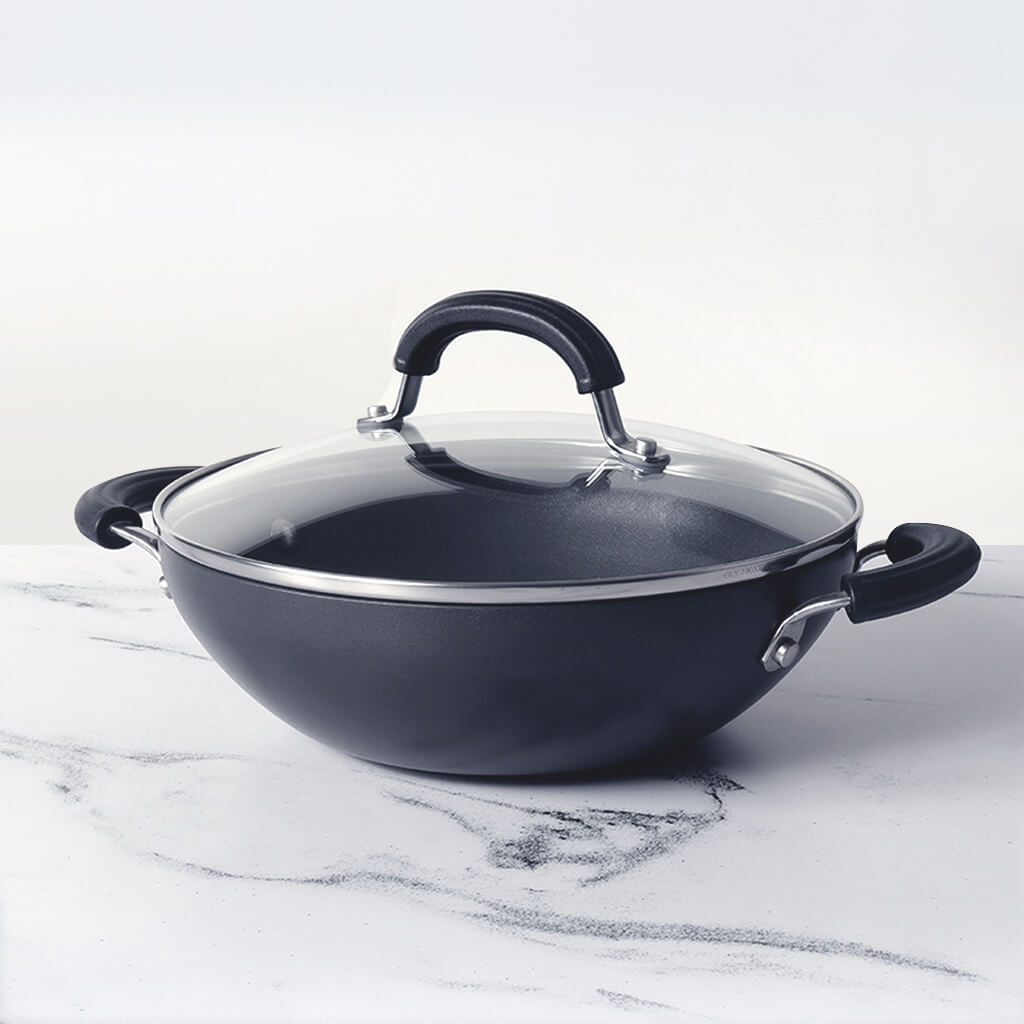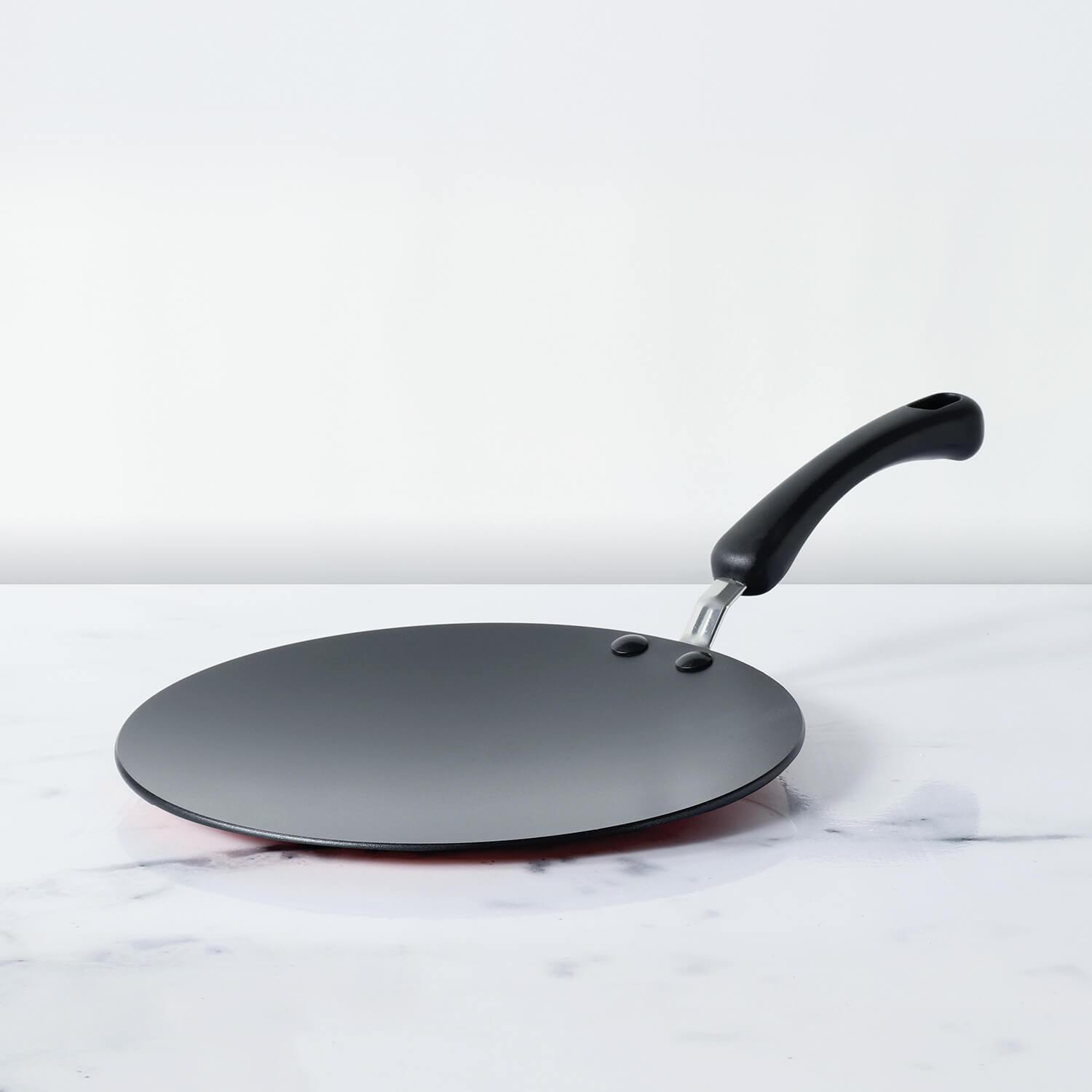Achieving weight loss goals can be made easier with the adoption of low-oil nonstick cooking techniques. By utilizing high-quality nonstick cookware and innovative cooking methods, individuals can create delicious and nutritious meals with reduced fat content. Sautéing and stir-frying with minimal oil, grilling or broiling without added fats, and steaming or poaching foods are effective strategies for achieving flavorful results with fewer calories. Additionally, roasting or baking with dry heat allows for healthy cooking without the need for excessive oil. Choosing healthier oil alternatives when necessary and practicing portion control further supports weight loss efforts. With these low-oil nonstick cooking techniques, individuals can enjoy satisfying meals while working towards their weight loss goals in a sustainable and enjoyable manner.
Table of Contents
Can You Achieve Weight Loss Goals With Low-Oil Cooking?
Yes, achieving weight loss goals can be facilitated by adopting a low-oil cooking approach. By reducing the amount of oil used in cooking, individuals can significantly lower their calorie intake without sacrificing flavor or satisfaction. Low-oil cooking techniques involve using minimal amounts of oil or opting for healthier oil alternatives, such as olive oil or avocado oil, which are rich in heart-healthy fats. Additionally, nonstick cookware can be utilized to cook food with minimal oil, as the nonstick surface allows ingredients to slide easily and cook evenly without sticking. By incorporating low-oil cooking methods into meal preparation, individuals can create nutritious and delicious dishes that support their weight loss journey.
Is Non Stick Cookware Suitable For No Oil Cooking?
Non-stick cookware can be suitable for no-oil cooking, depending on the specific type of food being prepared and the quality of the cookware. While non-stick surfaces are designed to reduce the need for oil and prevent food from sticking, it may not be entirely suitable for all no-oil cooking methods. Certain foods, such as lean proteins or vegetables, can be cooked effectively in non-stick cookware without the use of oil, especially when employing techniques like steaming, poaching, or dry roasting.
However, some cooking methods, such as searing or frying, may not be as effective without any oil, even with non-stick cookware. In these cases, a small amount of oil or cooking spray may still be necessary to achieve desirable results.
It's important to note that the effectiveness of non-stick cookware for no-oil cooking can vary depending on factors such as the quality of the non-stick coating, the type of food being cooked, and individual cooking preferences. Experimenting with different techniques and adjusting cooking methods as needed can help determine whether non-stick cookware is suitable for no-oil cooking in specific situations.
What Are Some Low Oil Cooking Techniques?
Here are some low-oil cooking techniques:
Sautéing: Use a minimal amount of oil or cooking spray to lightly coat the bottom of the pan when sautéing vegetables, meats, or tofu. Cook over medium heat, stirring frequently, until ingredients are tender and lightly browned.
Stir-frying: Similar to sautéing, stir-frying involves cooking ingredients quickly in a small amount of oil over high heat. Use a non-stick wok or skillet and toss ingredients frequently to ensure even cooking without excessive oil.
Grilling: Grilling is a healthy cooking method that requires little to no oil. Marinate proteins or vegetables with herbs, spices, and a small amount of oil before grilling to enhance flavor and prevent sticking.
Roasting: Roasting vegetables, meats, or fish in the oven is a low-oil cooking method that brings out natural flavors and caramelizes sugars. Lightly coat ingredients with oil or cooking spray before roasting, or roast them dry for an oil-free option.
Steaming: Steaming is a fat-free cooking method that preserves the natural flavors and nutrients of ingredients. Use a steamer basket or a steaming rack placed over simmering water to cook vegetables, seafood, or dumplings.
Poaching: Poaching involves cooking food gently in simmering liquid, such as water, broth, or wine. Poaching is a low-fat cooking method suitable for delicate proteins like fish or poultry.
Baking: Baking is an excellent low-oil cooking method for preparing casseroles, gratins, and baked goods. Use non-stick baking pans or line pans with parchment paper to prevent sticking without the need for additional oil.
Easy To Prepare Low-Oil Cooking Recipes:
Here are a few low-oil cooking recipes:
- Stir-Fried Vegetables: Heat a non-stick skillet over medium-high heat. Add a small amount of oil or cooking spray, then toss in thinly sliced bell peppers, broccoli florets, snap peas, and sliced carrots. Stir-fry until the vegetables are tender-crisp. Season with soy sauce, garlic, and ginger for added flavor.
- Oven-Roasted Chicken Breast: Preheat your oven to 400°F (200°C). Rub boneless, skinless chicken breasts with a mixture of lemon juice, garlic powder, paprika, and a touch of olive oil. Place the chicken breasts on a baking sheet lined with parchment paper and roast for 20-25 minutes, or until cooked through and golden brown.
- Steamed Fish with Herbs: Season fish fillets (such as tilapia or cod) with salt, pepper, and a squeeze of lemon juice. Place the fillets on a steamer basket lined with lemon slices and fresh herbs like dill or parsley. Steam for 10-12 minutes, or until the fish flakes easily with a fork.
- Quinoa Salad: Cook quinoa according to package instructions and let it cool. In a bowl, combine the cooked quinoa with diced cucumbers, cherry tomatoes, bell peppers, red onion, and chopped fresh herbs (such as cilantro or mint). Dress the salad with a mixture of lemon juice, olive oil, salt, and pepper.
- Baked Sweet Potato Fries: Preheat your oven to 425°F (220°C). Cut sweet potatoes into thin wedges and toss them with a small amount of olive oil, smoked paprika, garlic powder, and salt. Arrange the sweet potato wedges on a baking sheet lined with parchment paper and bake for 20-25 minutes, or until crispy and golden brown.
Best Non-Stick Cookware For Low Oil Cooking Techniques:
Meyer non-stick cookware stands out as an ideal choice for various no-oil cooking techniques due to its exceptional performance and versatility. Engineered with advanced non-stick coatings, Meyer cookware ensures effortless food release, allowing for cooking without oil or with minimal amounts. Whether you're sautéing, stir-frying, baking, or roasting, Meyer pans provide uniform heat distribution, ensuring even cooking without hot spots. This versatility extends to steaming, poaching, and other cooking methods, making Meyer cookware suitable for a wide range of recipes. Additionally, the easy cleanup of Meyer non-stick cookware simplifies the cooking process, while its durability ensures long-lasting performance. With Meyer cookware, you can enjoy healthier, oil-free cooking without compromising on flavor or quality.











Leave a comment